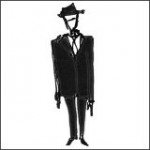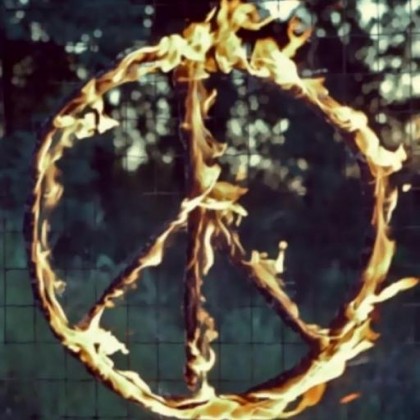Why did the US Incinerate Japanese Cities in 1945?
Seventy years ago, the atomic bombs known as Little Boy and Fat Man were dropped on Hiroshima and Nagasaki. In Hiroshima about 90,000 people were killed immediately; another 40,000 were injured, many of whom died in protracted agony from radiation sickness. Three days later, a second atomic strike on the city of Nagasaki killed some 37,000 people and injured another 43,000. Together the two bombs eventually killed an estimated 200,000 Japanese civilians. Was there really a need to create this nightmare? Did this nuclear onslaught really oblige Japan to surrender?


